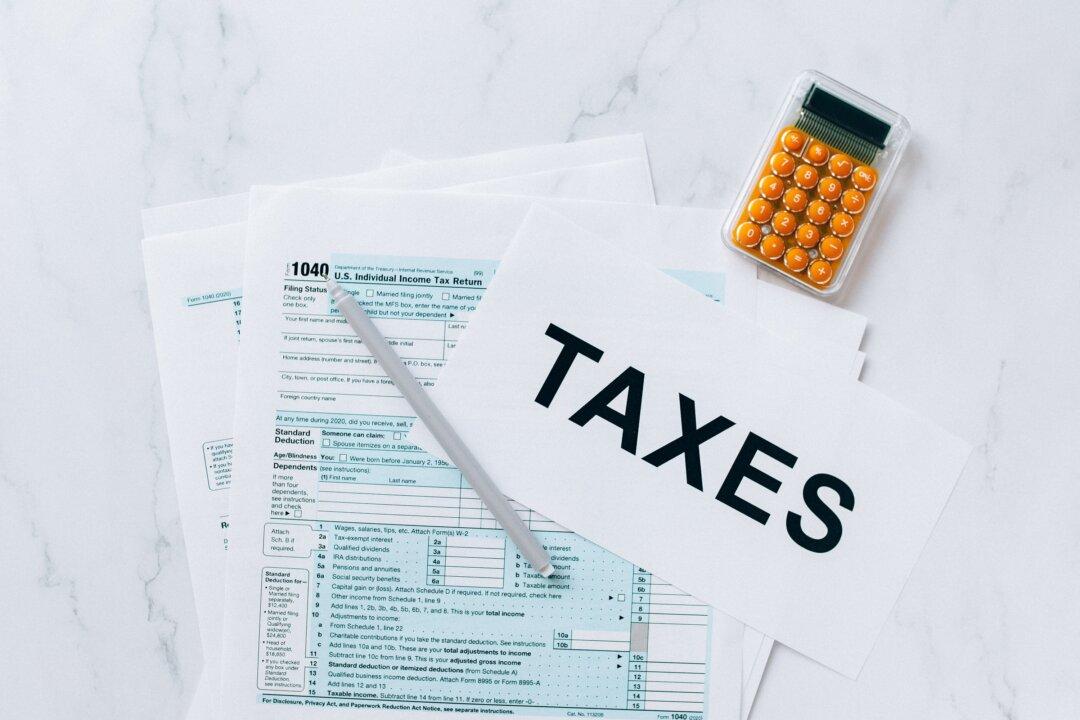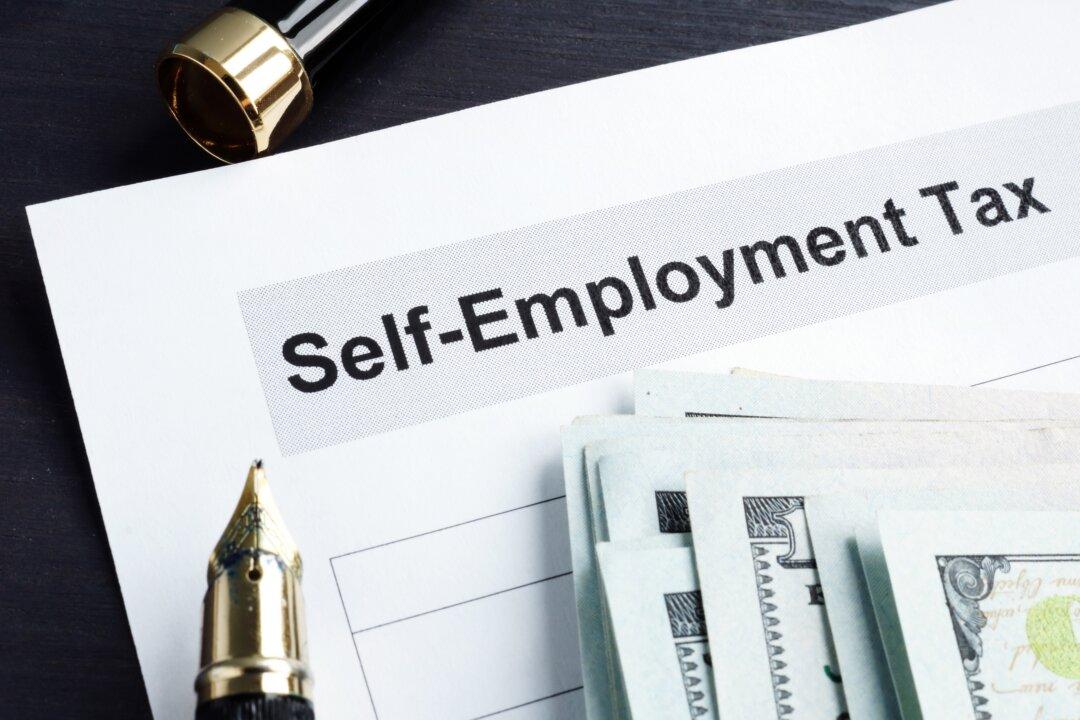The mistake many taxpayers make when considering tax credits is they don’t think about tax credits from the previous year until they are filing their taxes. Start planning early.
Whether they are credits new for the tax year 2022, or old ones that have changed, you need to know what is available to you so you can take advantage of all of the tax credits you deserve.






